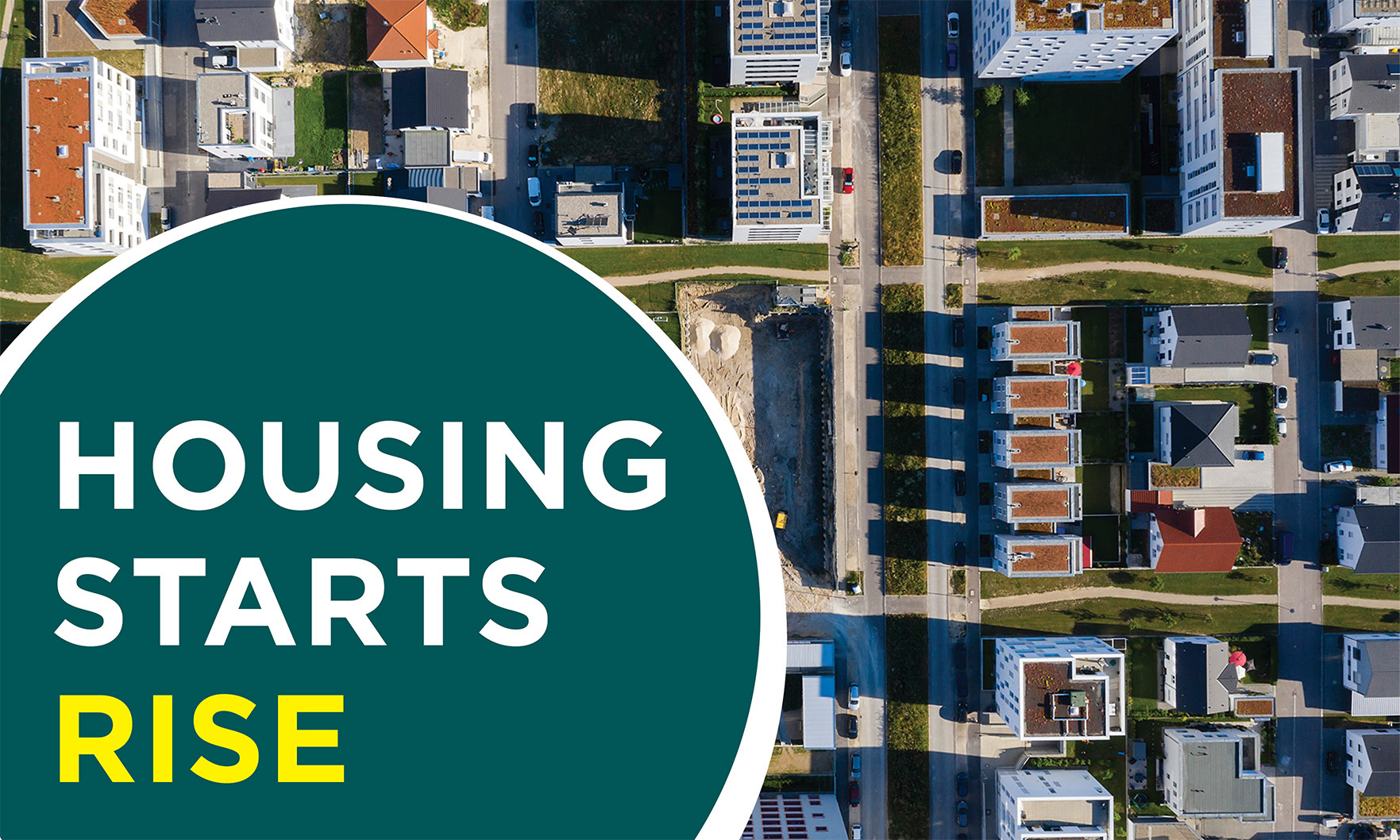New single-family home construction rose 1.6% in April as overall housing starts, which include multifamily dwellings, increased 2.2%, the U.S. Census Bureau and the U.S. Department of Housing and Urban Development said in a press release.
Specifically, single-family homes were built at a seasonally adjusted annual rate of 846,000, compared to 833,000 in March. The April rate was down 28.1% from the 1,176,000 pace of April 2022. Multifamily residences went up at an annual rate of 542,000, compared to 515,000 in March, representing a 5.2% gain. Year over year, the April rate was down 11.7% from 614,000 in April 2022.
Total housing starts were 1,401,000, compared to 1,371,000 in March. This pace was 22.3% slower than the 1,803,000 rate clocked in April 2022.
“There is a lack of inventory in the resale market because would-be sellers are staying put to retain their attractive mortgage rates,” RCLCO Real Estate Consulting Principal Kelly Mangold said. “Therefore, the increase in starts is poised to provide welcome relief for a constrained for-sale housing market, and the limited supply of resale inventory has made new homes an appealing option for motivated buyers.”
Single-family permits, a leading indicator of future new-home supply, rose 3.1% month over month and fell 21.2% year over year to 855,000 units, while single-family completions dipped 6.5% month over month and 5.2% year over year to an annual rate of 971,000.
Any increase in new-home construction is positive news for the current housing market, which suffers from a shortage of 3.5 million to 5.5 million homes, depending on the estimate, First American Deputy Chief Economist Odeta Kushi said.
“While estimates about the size of the housing shortage vary, there is general agreement that there is a significant housing shortage,” Kushi said, noting that there are currently 1,675,000 residences under construction. “This implies that even if all units under construction came to market tomorrow, we’d still be underbuilt by millions of units. As such, new supply of housing is more likely to ease than erase the national housing shortage, although this will vary by location.”

